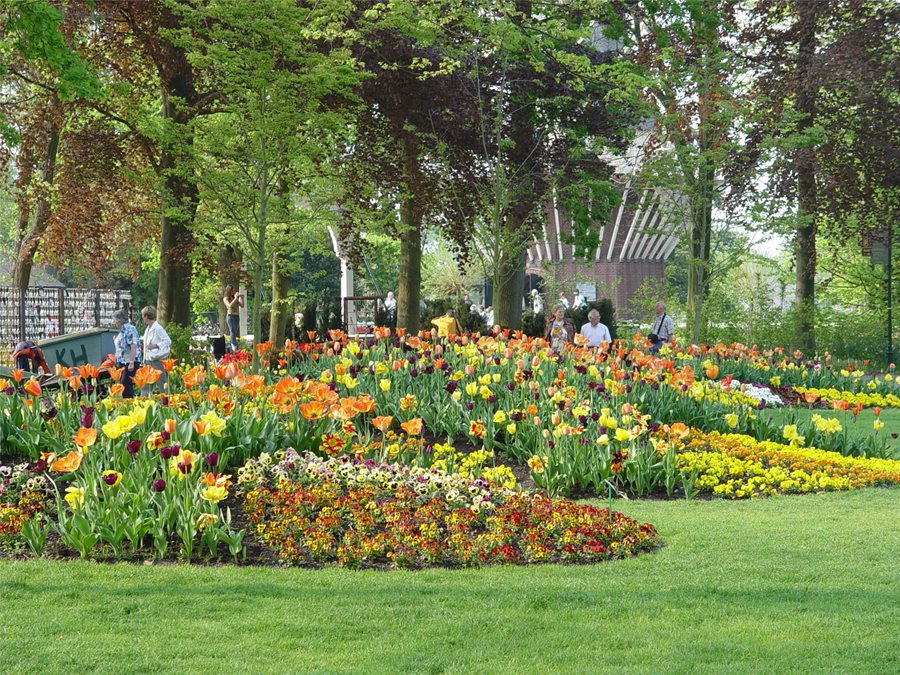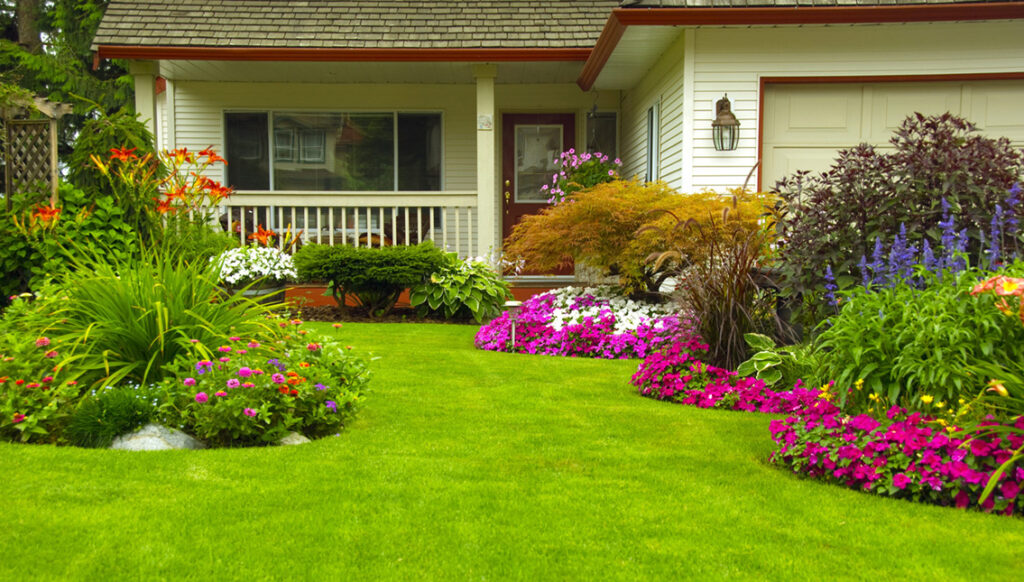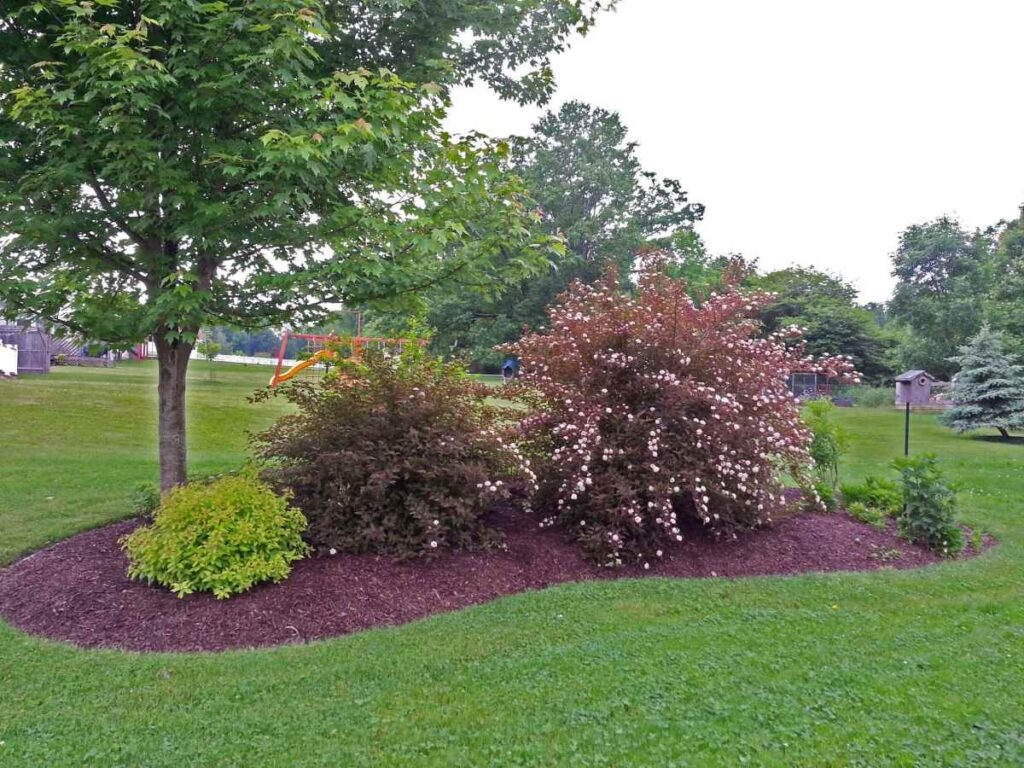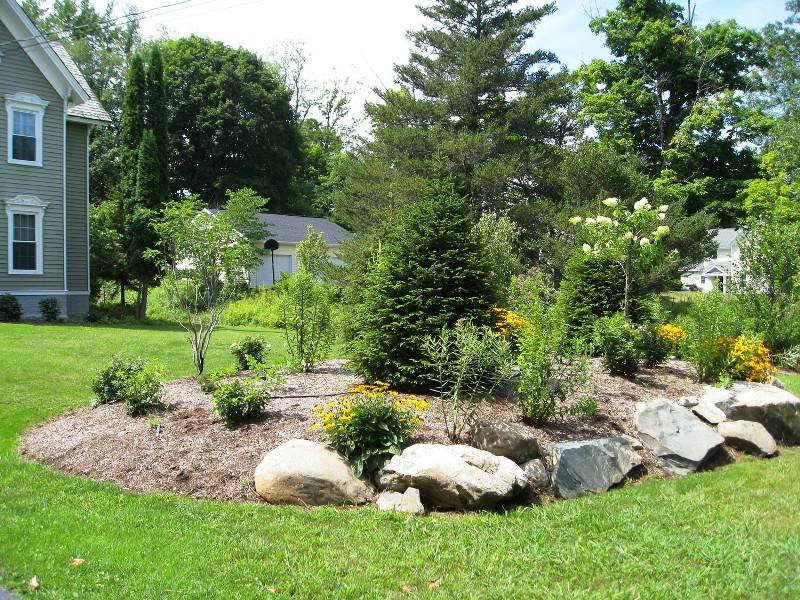Creating a visually captivating landscape isn’t just about choosing the right plants or paving the perfect path. A well-designed yard incorporates layers, texture, and elevation, and one of the most effective ways to achieve that is by adding landscape mounds, also known as berms. These raised features offer height, dimension, and visual interest while improving drainage and defining outdoor space.
In this guide, you’ll learn how to add height and dimension with landscape mounds step-by-step, including design ideas, construction tips, and the best planting practices for long-lasting results.


What Are Landscape Mounds?
Landscape mounds are elevated areas of soil designed to rise above the natural grade of your yard. Typically rounded or irregular in shape, these mounds are used to:
Add height and structure to flat yards
Improve visual flow and create focal points
Redirect water and improve drainage
Create privacy buffers or noise reduction zones
Mounds can be subtle or dramatic, depending on your design preferences and the scale of your space.
Planning the Right Shape and Size
The first step in adding landscape mounds is planning the size and shape to match your yard’s layout and aesthetic.
✅ Key Tips:
Start small if you’re new to landscaping. A gentle 2- to 3-foot-high mound with a 5- to 10-foot base works well in most residential yards.
Use organic curves instead of sharp angles for a more natural appearance.
Consider the view from all angles—especially from windows, walkways, and seating areas.
For a balanced look, avoid placing mounds randomly. Instead, integrate them into a broader landscape design with pathways, plants, and complementary features.
Choosing the Right Soil and Materials
The base of a good landscape mound begins with proper materials. The goal is to create a stable, well-draining structure that won’t sink or wash away over time.
Recommended Materials:
Fill dirt or subsoil for the inner base
Topsoil (at least 6 inches deep) for planting
Compost or organic matter to enrich the soil
Rocks or gravel (optional) to support structure and drainage
Avoid using debris, construction waste, or non-organic fill, as this can cause long-term settling or contamination.
How to Build a Landscape Mound
Here’s a step-by-step breakdown for creating your landscape mound:
Mark the Area: Use a garden hose or marking paint to outline the shape.
Add Fill Soil: Start layering your fill dirt into the center of the mound. Compact it gently with your feet or a tamper.
Shape the Slope: Gradually taper the soil outward to form a natural hill. A 5:1 slope ratio (5 feet across for every 1 foot of height) prevents erosion.
Top with Soil and Compost: Spread topsoil and compost over the entire mound for healthy plant growth.
Water Thoroughly: This helps settle the soil before planting.
Best Plants for Landscape Mounds
Plants play a vital role in stabilizing the soil and enhancing the dimension of your mounds. Choose varieties that complement the mound’s shape and sunlight exposure.
Top Picks:
Groundcovers: Creeping thyme, sedum, or ajuga to prevent erosion
Ornamental grasses: Fountain grass or blue fescue for texture and movement
Shrubs: Dwarf boxwood or hydrangea for structure and year-round appeal
Flowering perennials: Coneflowers, black-eyed Susans, or daylilies for color
Mix plant heights to emphasize the vertical appeal of the mound. Taller plants should go near the top, with cascading or lower-profile plants along the sides.
Design Ideas for Added Dimension
To truly add height and dimension with landscape mounds, consider these design enhancements:
Use rocks or boulders: Integrate stone features to add contrast and stability.
Create multiple mounds: Cluster smaller mounds together to mimic natural terrain.
Add lighting: Low-voltage landscape lights can create shadows and drama at night.
Blend into existing features: Use mounds to soften edges around patios, driveways, or fences.
Maintenance Tips
Landscape mounds require minimal maintenance once established, but here are a few tips:
Mulch annually to conserve moisture and prevent erosion.
Inspect for drainage issues after heavy rains.
Prune and replant as needed to maintain plant health and coverage.
Final Thoughts
Learning how to add height and dimension with landscape mounds is a game-changer for transforming a flat, uninspired yard into a vibrant, multi-level landscape. Whether you’re going for a naturalistic garden feel or a modern sculpted look, berms can provide depth, privacy, and visual interest with relatively little effort.
Start with one mound and see how it transforms your space. Then, expand your vision to include clusters or themed gardens around your newly elevated landscape.


